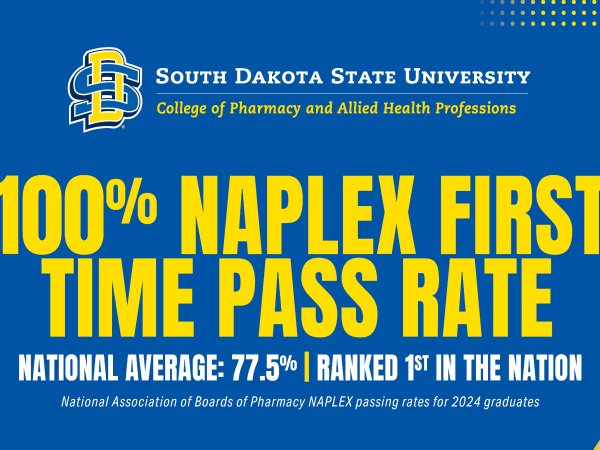Students from across South Dakota will be heading to SDSU’s campus to showcase history research projects months in the making.
On Wednesday the Student Union is hosting the National History Day in South Dakota contest for the ninth straight year.
Jess Burke, state coordinator for NHD in South Dakota, said the program is much more than just a competition, noting that students benefit just as much as the university.
“It’s an overall rewarding experience,” Burke said. “It’s good for these students to interact with professionals and other students as well. It really shows students what they’re working for.”
Not only do students get to present their work in front of college professors and university students, but they also get to experience what college is like.
Burke said many SDSU students who are exposed to the program from a judging standpoint end up bringing the program into the high schools they go on to teach in.
Former state coordinator and current judge Carrie Van Buren said NHD in South Dakota has led some students on to “successful college careers and beyond.”
Yankton High School junior Rylie Andrus said the program helped her uncover potential in herself.
“NHD made a big impact on my life. It all around helped me grow as a student and an individual,” Andrus said. She said she’s also “very thankful” for what the program has taught her.
In total, 223 students are entered into the state contest, which organizers expect will fill every room in the upper level of The Union as well as most rooms on the main floor.
The 2018 topic is “Conflict and Compromise.”
Andrus said her team angled their project around Eleanor Roosevelt’s role in the creation of the Universal Declaration of Human Rights.
“As a group of girls, we wanted to do a powerful woman in history,” Andrus said. “Since the theme is conflict and compromise, we thought this would be a perfect fit.”
Teams qualified for the state contest by placing in a regional contest this March in Sioux Falls.
National History Day was founded in 1974 and expanded to South Dakota in 1981. It currently has chapters in all 50 states and six countries in Central America and Asia.
High school and middle school students at 24 chapters throughout South Dakota have formulated teams of one to five people and begun compiling year-long research projects.
Students’ research must be over the topic and must be presented via one of five methods: original paper, exhibit, performance, website or documentary.
This year’s state contest is from 8 a.m. to 5:30 p.m on Wednesday, April 11 in the Student Union.



















